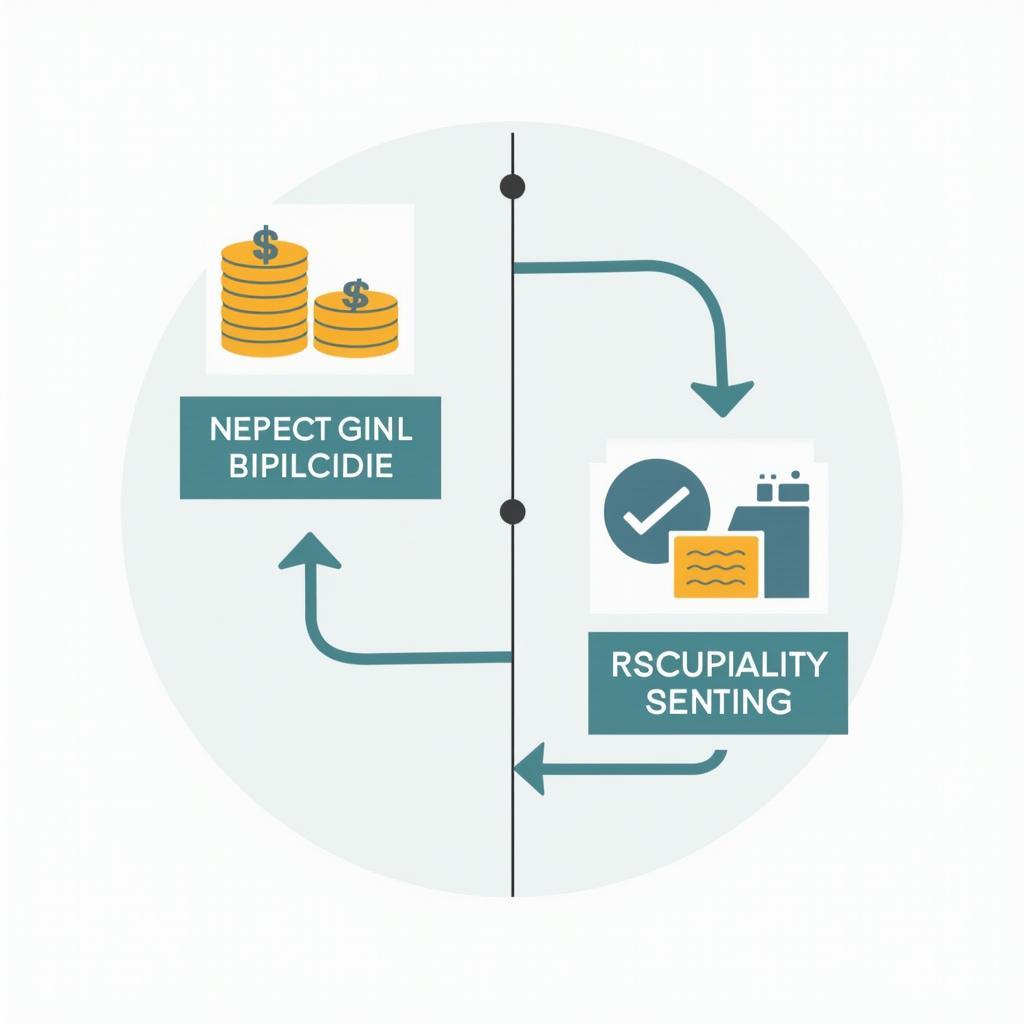Military spending and its effects on social welfare programs have been a recurring theme in IELTS Writing Task 2, appearing approximately 3-4 times annually in recent years. This topic frequently emerges in various forms, particularly in agree/disagree and discussion essays. Based on analysis of past IELTS exams, here’s a common question format:
Some people believe that governments should spend less money on military defense and instead invest more in social welfare programs like healthcare and education. To what extent do you agree or disagree with this view?
Analysis of the Question
- Topic: Government spending priorities
- Task type: Agree/disagree
- Key areas to address:
- Military spending vs social welfare
- Government budget allocation
- National security vs social development
- Long-term societal impacts
Band 9 Sample Essay
Military expenditure versus social welfare spending represents a critical policy decision that governments worldwide must carefully balance. While I partly agree that social programs deserve substantial funding, I believe that maintaining reasonable military spending is equally essential for a nation’s overall wellbeing.
Investing in social welfare programs undoubtedly yields significant societal benefits. Healthcare and education investments directly improve citizens’ quality of life and contribute to long-term economic growth. For instance, South Korea’s transformation from a developing nation to an economic powerhouse was largely facilitated by substantial investments in education and healthcare, which created a skilled workforce and healthy population. Moreover, robust social programs can reduce income inequality and enhance social mobility, creating a more stable and prosperous society.
However, military spending serves crucial functions that cannot be overlooked. First, it ensures national security, which is fundamental for any country’s development and the effective implementation of social programs. Countries facing external threats or regional instabilities, such as Israel or South Korea, must maintain strong defense capabilities to protect their citizens and infrastructure. Furthermore, military research often leads to technological innovations that benefit civilian sectors, as exemplified by the internet’s military origins.
The optimal approach lies in striking a careful balance between these two priorities. Governments should adopt data-driven methods to determine appropriate allocation levels based on specific national circumstances, security environment, and social needs. For example, Nordic countries maintain modest but effective military forces while supporting comprehensive social welfare systems, demonstrating that both objectives can be achieved simultaneously.
In conclusion, while social welfare programs are crucial for societal development, military spending remains essential for national security and technological advancement. The key lies not in choosing one over the other, but in finding an appropriate balance that serves both immediate and long-term national interests.
Band 9 Score Explanation
- Task Response: 9 – Fully addresses all parts with well-developed arguments
- Coherence & Cohesion: 9 – Seamless paragraph flow with clear progression
- Lexical Resource: 9 – Sophisticated vocabulary precisely used
- Grammar: 9 – Wide range of complex structures used accurately

Key Vocabulary
- expenditure (n) /ɪkˈspendɪtʃər/ – spending of money
- robust (adj) /rəˈbʌst/ – strong and healthy
- transformation (n) /ˌtrænsfəˈmeɪʃən/ – complete change
- infrastructure (n) /ˈɪnfrəstrʌktʃər/ – basic physical systems
- allocation (n) /ˌæləˈkeɪʃən/ – distribution of resources
- comprehensive (adj) /ˌkɒmprɪˈhensɪv/ – complete; including all aspects
- simultaneous (adj) /ˌsɪməlˈteɪniəs/ – occurring at the same time
Similar topics you might encounter:
- Government spending on space exploration vs poverty reduction
- Military funding vs environmental protection
- Defense budget vs public transportation development
We encourage readers to practice writing their own essays on this topic and share them in the comments section for feedback and discussion. Remember to maintain the standard 250-300 word count and clear essay structure.